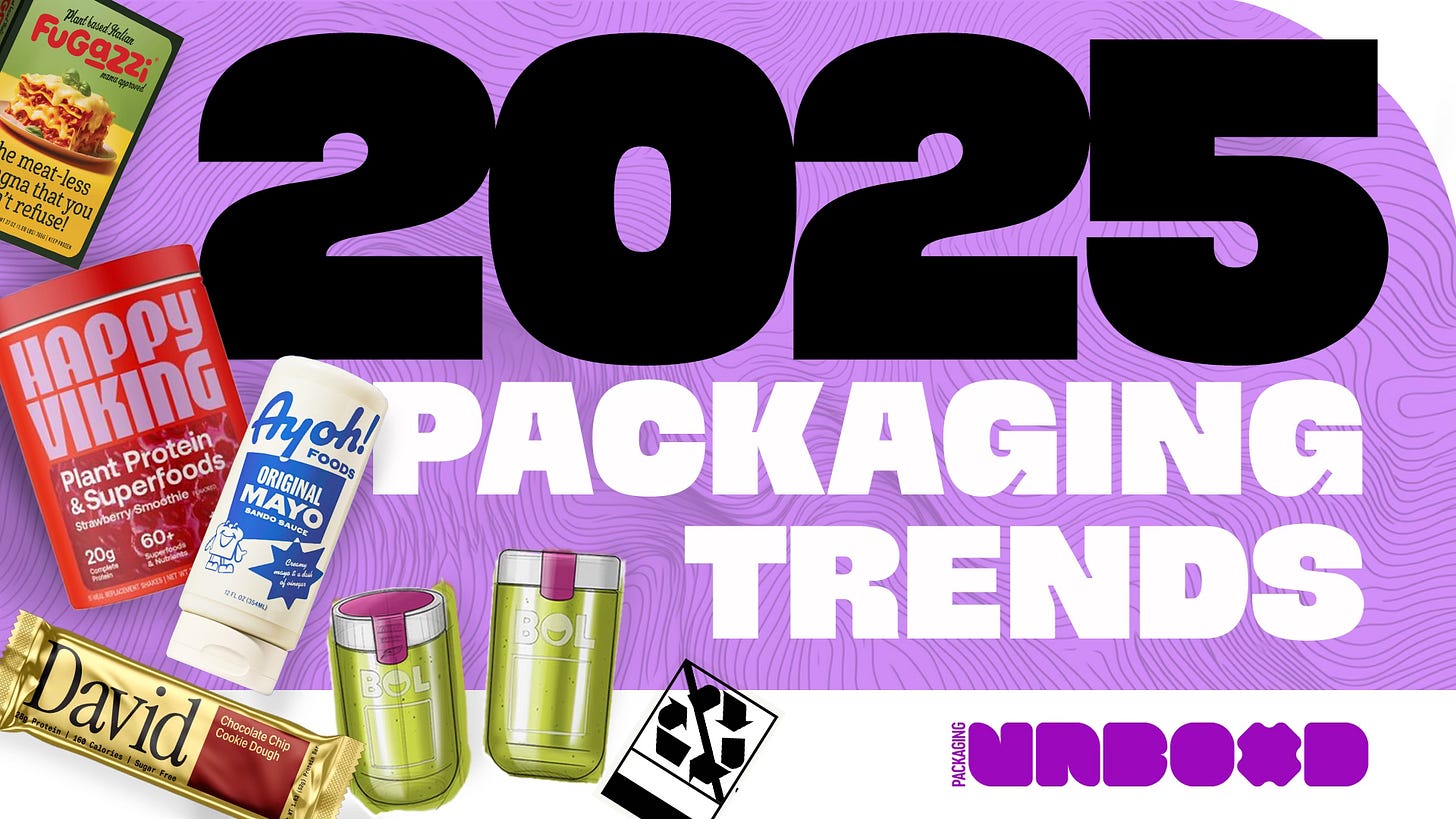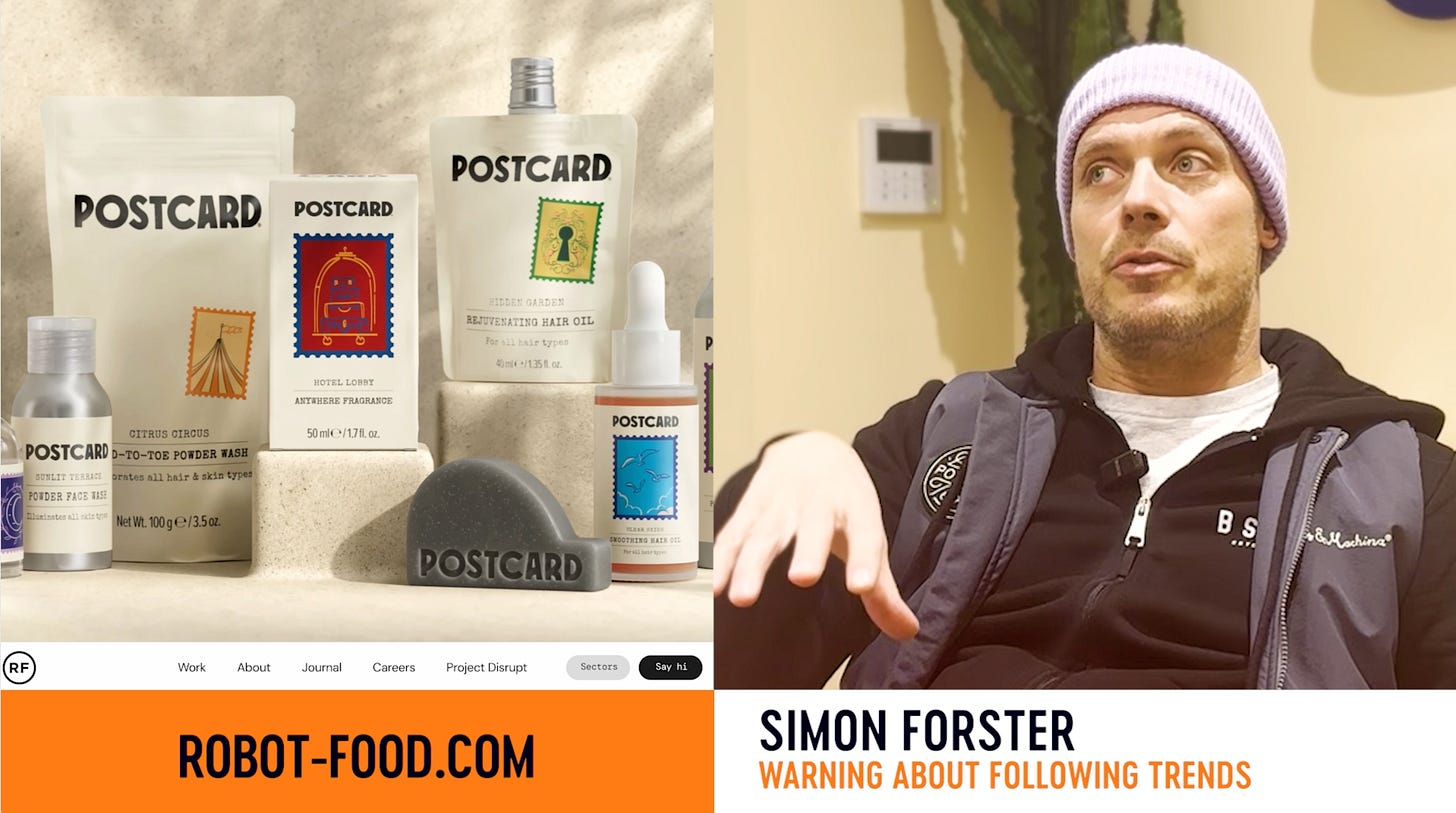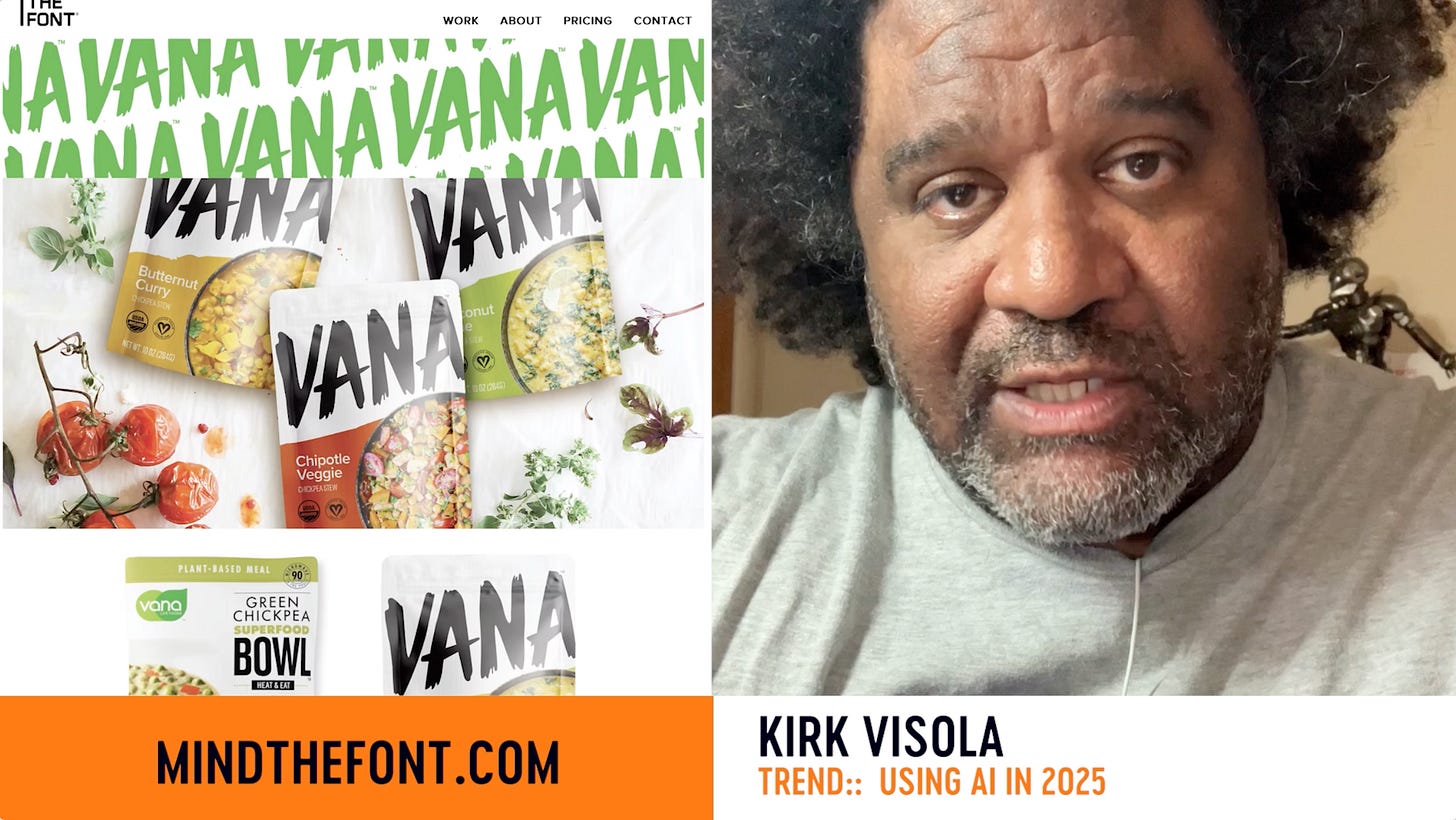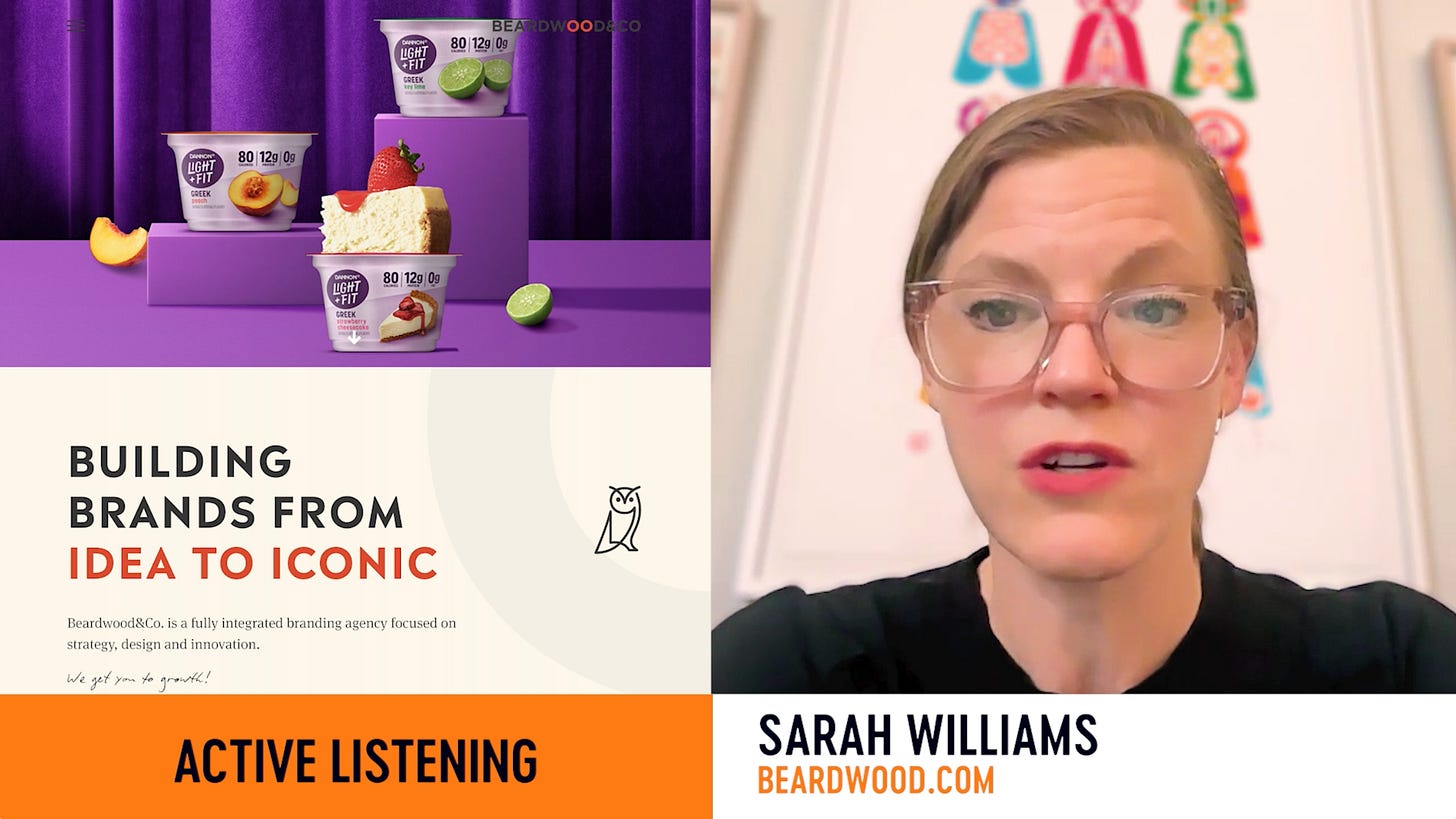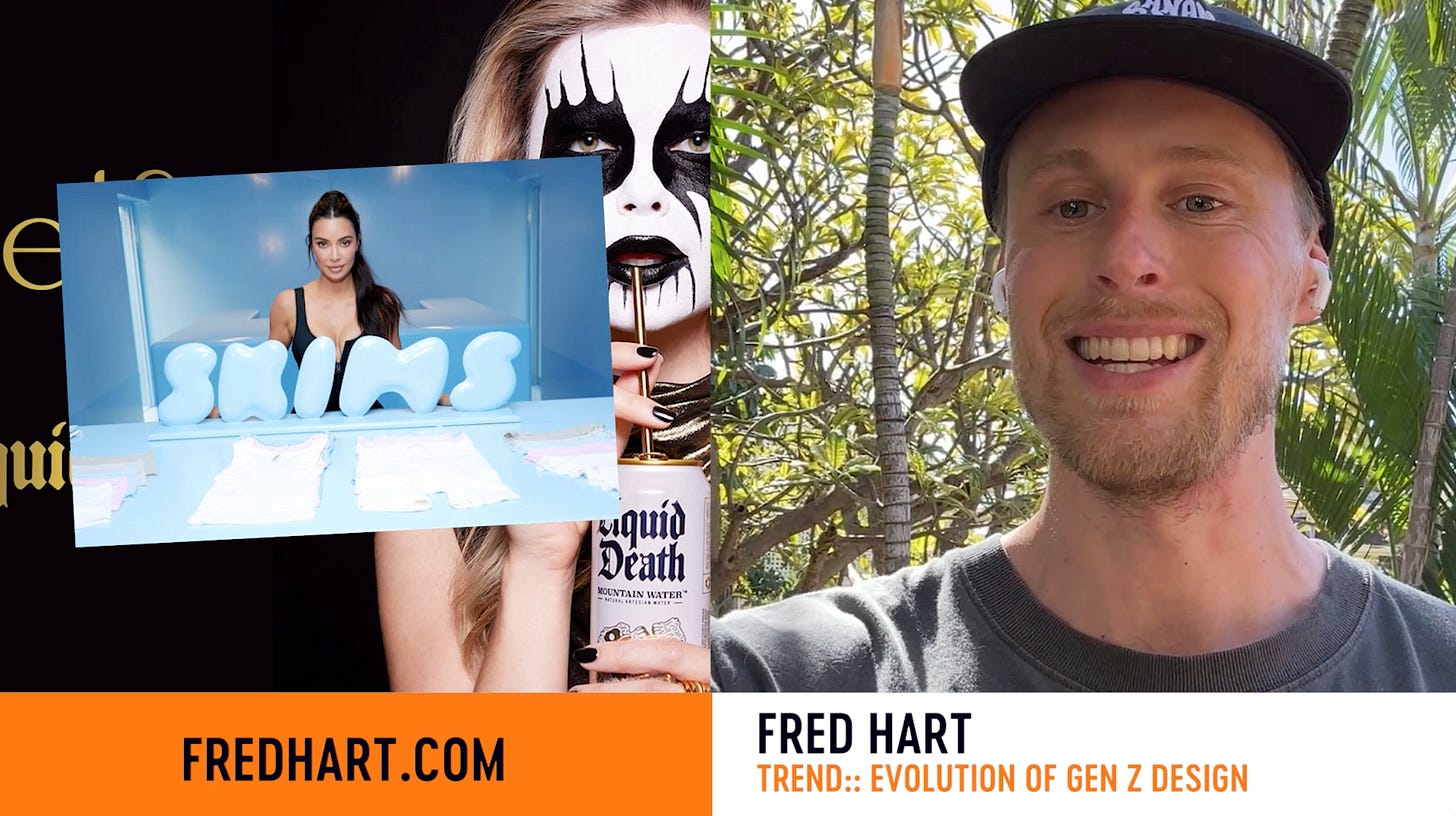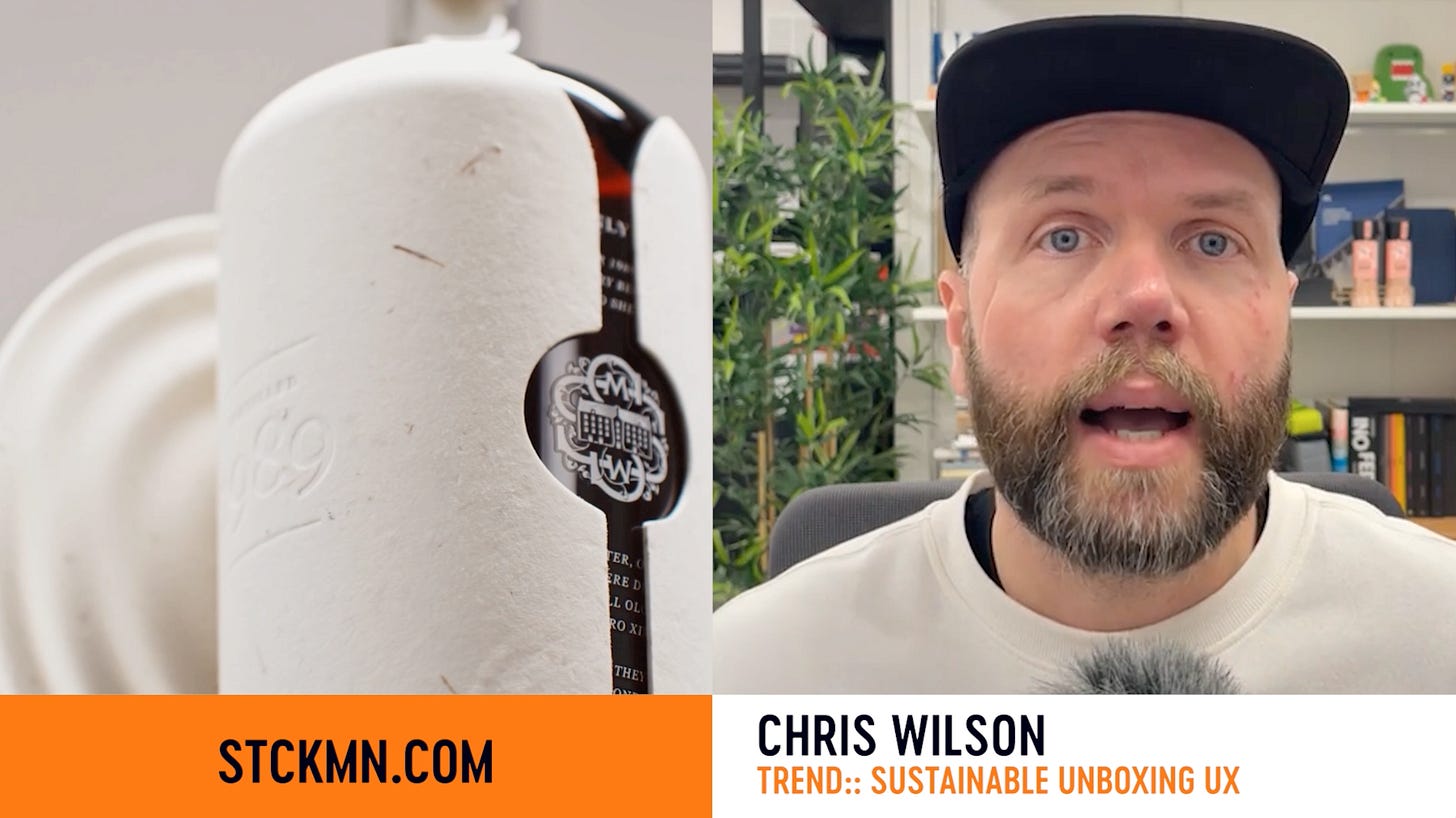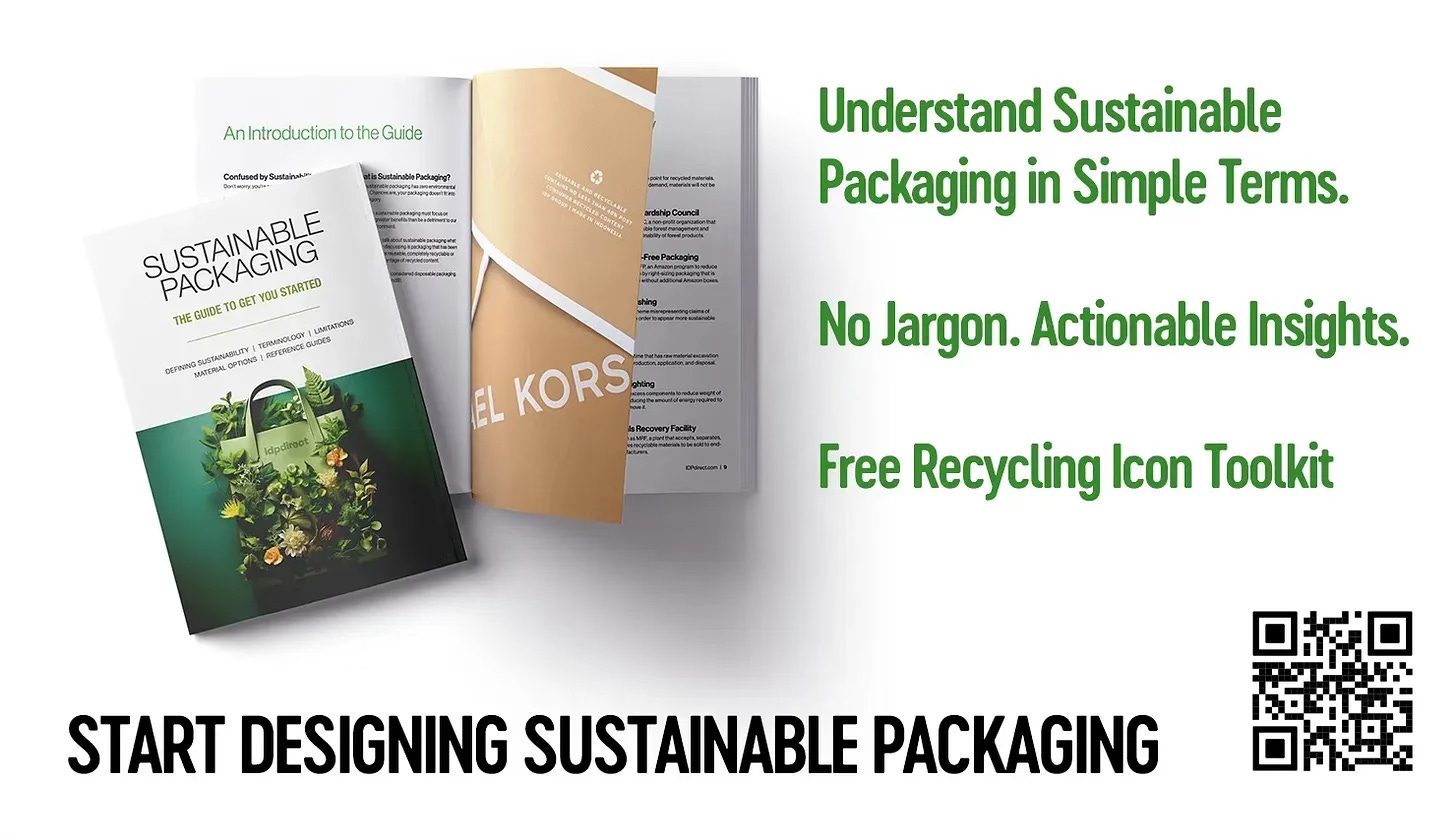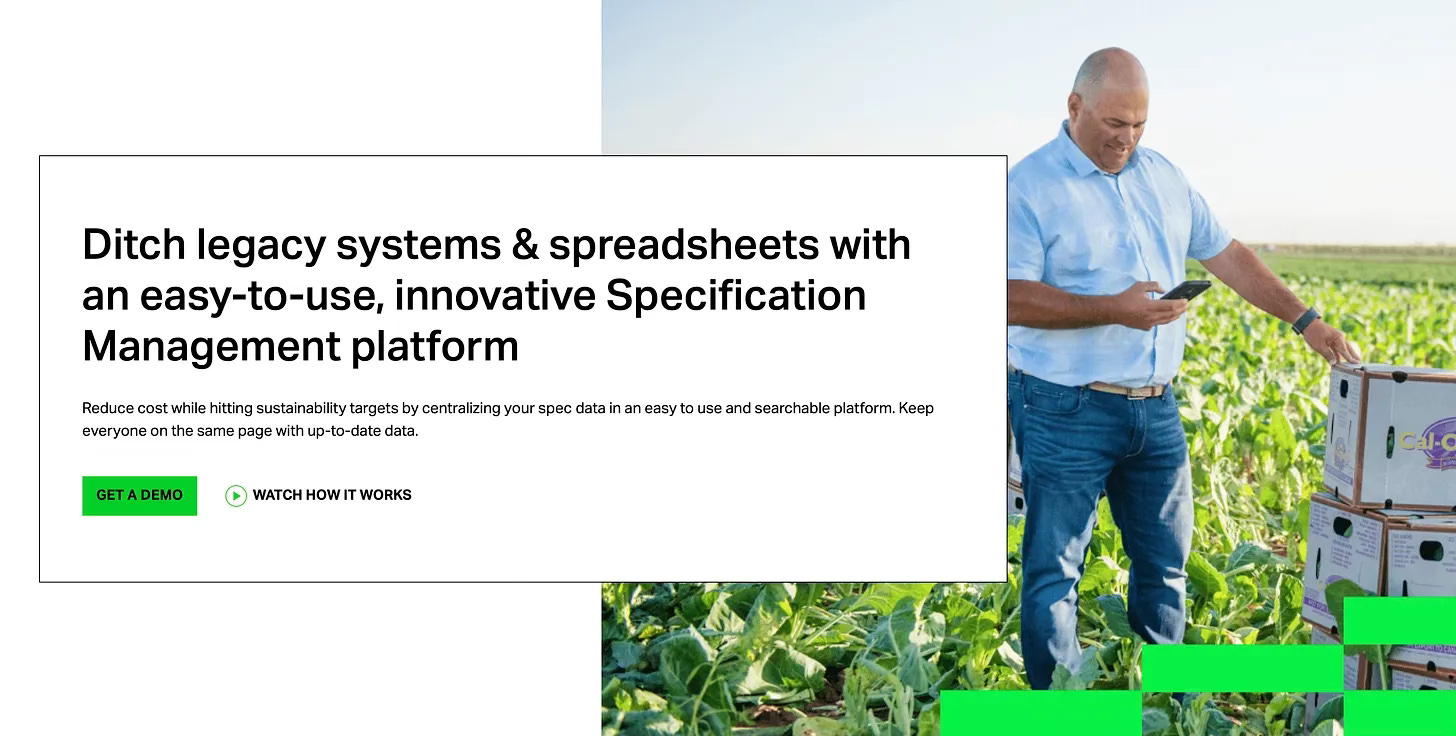2025 Packaging Trends Designers Don’t Want You to Miss
AI, sustainability, and the Gen Z evolution—straight from industry leaders.
2025 Packaging Trends: Embracing AI, Sustainability, and New Aesthetics
The world of packaging design is on the cusp of a transformative change. As we approach 2025, the industry is bracing itself for significant shifts driven by artificial intelligence, a heightened focus on sustainability, and the evolving preferences of the Gen Z demographic. In this article, we delve into these burgeoning trends and explore how designers and brands can leverage them to create impactful, future-ready packaging.
Key Takeaways
AI as a Tool, Not a Threat: While AI technologies continue to evolve, they are best used as supportive tools for designers, rather than replacements.
Regenerative and Soluble Packaging: The future of packaging lies in not only minimizing harm but actively repairing the planet through innovative materials and designs.
Breaking Stereotypes in Design: Understanding and moving beyond the Gen Z aesthetic cliches to create unique and authentic brand experiences will be crucial.
Packaging Resources
Get the Free Packitecture book outlining the most popular packaging structures today.
Define Sustainable Packaging Strategies with Specright’s eBook
Book a Trayak demo for on-demand LCA’s!
AI in Packaging: A New Frontier
The Role of AI in Design
The incorporation of AI into packaging design is one of the pivotal topics discussed by industry leaders, such as Al Gilbody. The apprehension surrounding AI potentially replacing human designers is prevalent. Gilbody addresses these concerns by suggesting that "AI is not replacing traditional designers, but just becoming another tool in the toolbox." He emphasizes that AI lacks the capability to replicate the emotional and narrative-driven elements of design that human designers excel at. The true potential of AI thus lies in its ability to augment, rather than replace, human creativity.
The broader implications of AI in packaging are profound. By leveraging AI as a supportive tool, designers can streamline their processes, gaining insights from large language models while maintaining the unique storytelling that differentiates brands. As we move forward, the integration of AI into design workflows will redefine creativity and innovation in packaging, creating a harmonious blend of technology and human ingenuity.
Sustainable and Innovative Packaging Solutions
Regenerative & Soluble Packaging
One of the most groundbreaking trends in packaging is the shift towards regenerative design—a concept championed by Guillermo Dufranc. He challenges the conventional approach of merely reducing damage, proposing that packaging should aim to "give more than it takes." This innovative mindset reimagines packaging as a contributor to environmental health, with materials that promote reforestation or enrich the soil.
Complementing this idea, Juan Campdera from Aktiva highlights the rise of soluble packaging. This innovation "dissolves in water leaving no residues" and is particularly promising for eco-conscious brands looking to drastically reduce waste and carbon footprints. With projections indicating that soluble packaging could grow significantly by 2031, its potential to transform industries, particularly in beauty and personal care, cannot be overstated.
In the broader context, these sustainable innovations signal a shift towards a more environmentally responsible packaging ethos. By aligning with these trends, brands can enhance their eco-friendly credentials, appealing to an increasingly conscious consumer base and contributing meaningfully to planetary health.
Evolving Aesthetics: Beyond Gen Z Stereotypes
Designing for Authenticity
As packaging design continues to evolve, the Gen Z aesthetic is undergoing a significant transformation. Fred Hart, an independent brand consultant, points out the limitations of relying on clichés, such as "lots of color, interesting combinations, unique typography," which are becoming less effective. Instead, there is a growing emphasis on understanding audiences deeply and crafting designs that are authentic and aligned with their true preferences.
This paradigm shift offers promising opportunities for brands willing to push boundaries and explore new aesthetics. Companies like Liquid Death and Skims have successfully deviated from stereotypical Gen Z designs, offering compelling narratives and distinctive branding. The potential impact of unique, deeply resonant design is profound, as it fosters stronger connections with consumers and sets brands apart in a crowded market.
In embracing this new design frontier, brands and designers can create packaging that not only captures attention but also resonates on a deeper level, building lasting relationships with their target audiences.
Redefining the Future of Packaging
The future of packaging design is undeniably exciting, as it promises a blend of technological, environmental, and aesthetic advancements. AI will continue to serve as a powerful tool that complements human creativity, enabling more efficient and inspired design processes. Simultaneously, the commitment to sustainability through regenerative and soluble packaging solutions will redefine what it means to be eco-friendly.
Additionally, the evolution of design aesthetics beyond Gen Z stereotypes heralds a new era of authenticity and creativity in packaging. Brands that embrace these changes are poised to thrive in 2025 and beyond, as consumers gravitate towards products that are not only innovative but also meaningful and aligned with their values. This is a pivotal moment for the industry, offering abundant opportunities for those ready to lead the charge towards a more sustainable, inclusive, and imaginative future.
Designers in this episode include:
Simon Forster of Robot-Food
Anna Ison of Auros Design
Gene Portnoy of Work & Company
Chris Wilson of Stckmn
Uwe Melichar of Touch Design
Keenan Thompson of Phillip Morris International
Matt Hanzly of Enlisted Design
Dave Hopkins of Print Design Academy
Sarah Williams of Beardwood & Co.
Kirk Visola of Mind the Font
Andy Kurts of Buttermilk Creative
Chris Joscelyn of ButterflyCannon
Lisa Cain of Surfit Westrock
Vicki Strull, consultant
and Evelio Mattos of IDP Direct





